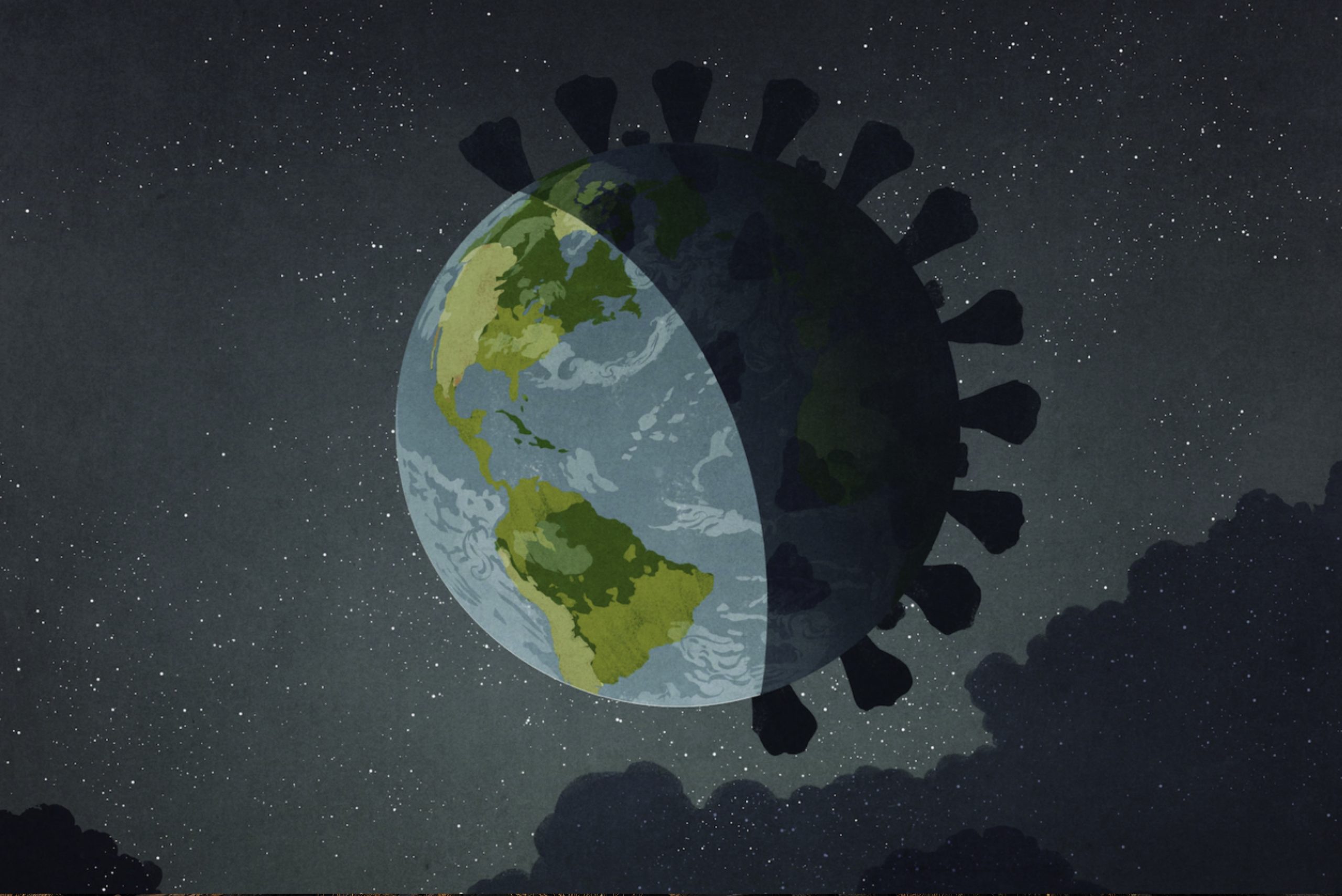These 5 charts reveal the global economic outlook for 2022

Via World Economic Forum.
- Global growth is expected to decelerate markedly in 2022, from 5.5% to 4.1%, according to the World Bank.
- This reflects the continued disruption caused by COVID-19, as well as supply bottlenecks.
- The rebound in global activity, together with supply disruptions and higher food and energy prices, have pushed up headline inflation across many countries.
After rebounding to an estimated 5.5% in 2021, global growth is expected to decelerate markedly in 2022 – to 4.1 %, reflecting continued COVID-19 flare-ups, diminished fiscal support and lingering supply bottlenecks.
Although output and investment in advanced economies are projected to return to pre-pandemic trends next year, they will remain below in emerging market and developing economies (EMDEs), owing to lower vaccination rates, tighter fiscal and monetary policies and more persistent scarring from the pandemic.
Various downside risks cloud the outlook, including simultaneous Omicron-driven economic disruptions, further supply bottlenecks, a de-anchoring of inflation expectations, financial stress, climate-related disasters and a weakening of long-term growth drivers. Because EMDEs have limited policy space to provide additional support if needed, these downside risks heighten the possibility of a hard landing.
This underscores the importance of strengthening global cooperation to foster rapid and equitable vaccine distribution, calibrate health and economic policies, enhance debt sustainability in the poorest countries and tackle the mounting costs of climate change.
1. Global growth is projected to decelerate in 2022 and 2023
Global growth is set to slow sharply, as the initial rebound in consumption and investment fades and macroeconomic support is withdrawn. Much of the global slowdown over the forecast horizon is accounted for by major economies, which will also weigh on demand in emerging market and developing economies (EMDEs).
2. EMDEs are projected to experience a weaker recovery than advanced economies
In contrast to advanced economies, most EMDEs are expected to suffer substantial scarring to output from the pandemic, with growth trajectories not strong enough to return investment or output to pre-pandemic trends over the forecast horizon of 2022-23.
3. After surprising to the upside in 2021, global inflation is expected to remain elevated this year
The rebound in global activity, together with supply disruptions and higher food and energy prices, have pushed up headline inflation across many countries. More than half of inflation-targeting EMDEs experienced above-target inflation in 2021, prompting central banks to increase policy rates. Consensus forecasts anticipate median global inflation to remain elevated in 2022.
4. Severe economic disruptions driven by the rapid and simultaneous spreading of the Omicron variant are a key downside risk to near-term growth
The slowdown in global growth from 2021 to 2022 could be sharper if the fast spread of Omicron overwhelms health systems and prompts a re-imposition of strict pandemic control measures in major economies. Omicron-driven economic disruptions could reduce global growth further this year – anywhere from 0.2 to 0.7 percentage point, depending on underlying assumptions. The associated dislocations could also aggravate supply bottlenecks and exacerbate inflationary pressures.
5. Global cooperation and effective national policies will be needed to address the severe costs associated with weather and climate disasters
Severe natural disasters and climate-related events could also derail the recovery in EMDEs. Global cooperation is needed to accelerate progress toward meeting the goals of the Paris Agreement on Climate Change, and to reduce the economic, health and social costs of climate change, many of which are born disproportionately by vulnerable populations.
The international community can also help by scaling up climate change adaptation, increasing green investments and facilitating a green energy transition in many EMDEs. National policy actions can also be tailored to promote investments in renewable energy and infrastructure and to foster technological development. In addition, policy makers can prioritize growth-enhancing reforms that increase preparedness for future climate-related crises.





